Characteristics and traits of Samoyed Husky Mixes
Samoyed Huskies dogs inherit a combination of characteristics from both parents. They have striking blue or multi-colored eyes, a thick double coat, and a fluffy tail that curls over their back. Samusky’s temperament displays the loyalty and affection of Samoyeds, along with the playful and adventurous nature of Huskies. They thrive on human companionship and are excellent with families and children. However, they require early socialization, consistent training, and plenty of exercise due to their high energy levels. Samoyed Husky mixes make great companions for active individuals or families who can provide them with the mental and physical stimulation they need.
Genetic Basis of Samoyed Husky Mixes
These breeds are becoming increasingly popular among dog lovers. These adorable hybrids combine the striking features of both the Samoyed and Husky breeds, resulting in a unique and charismatic companion. To better understand these charming canines, it is important to delve into their genetic makeup, factors that influence their behavior, and the characteristics inherited from their parent breeds.
Understanding the genetics of Samoyed and Husky breeds
Firstly, the genetic basis of Samoyed Husky mixes is a fascinating subject of study. These dogs inherit traits from both the Samoyed and Husky breeds, including their coat color, size, and overall appearance. Understanding the genetic makeup allows breeders and owners to anticipate the physical characteristics and potential health issues associated with this mix.
Moreover, the genetic combination also plays a role in the temperament and behavior of Samoyed Husky mixes. Samoyeds are known for their friendly, sociable nature, while Huskies tend to be more independent and strong-willed. As a result, Samuskies can possess a blend of these qualities, with some individuals leaning more towards one parent breed’s behavior than the other.
Factors influencing the behavior of Samoyed Husky Mixes
Lastly, various factors influence the behavior of Samoyed Husky mixes. Training, socialization, and the environment they are raised in all contribute to their personality and demeanor. Owners must provide these dogs with proper training and socialization from a young age to ensure they grow up to be well-rounded and obedient pets.
Understanding the genetic basis of Samoyed Husky mixes provides insights into their physical traits and potential health concerns. Additionally, recognizing the factors that influence their behavior enables owners to provide the necessary training and socialization for a happy and balanced companion. Whether you are contemplating adding a Samoyed Husky mix to your family or simply interested in learning more about these delightful dogs, exploring these topics can deepen your understanding and appreciation for this captivating hybrid.
Nature versus Nurture: How Genes Impact Behavior- Inherited Traits in Samoyed Husky Mixes
The debate between nature and nurture – the influence of genetics versus environmental factors – has long fascinated scientists and researchers. When it comes to understanding the behavior and physical traits of Samoyed Husky mixes, it becomes crucial to explore the role of inherited genetic predispositions. This article aims to shed light on the impact of genes on both the physical features and behavioral tendencies seen in these beloved hybrid dogs.
Physical Features Inherited from Parent Breeds:
The remarkable physical appearance of Samoyed Husky mixes can be attributed to their heritage. Samoyeds, known for their fluffy white coats and expressive dark eyes, bring about these characteristics in their offspring. Huskies, known for their striking blue or multicolored eyes, add a unique touch to the mix. The hybrid breed often inherits the bushy tail of a Samoyed or the curling tail of a Husky. Additionally, Samoyed Husky mixes typically inherit a medium-sized build, erect ears, and a sturdy frame from both parent breeds.
Behavioral Tendencies Inherited from Parent Breeds:
Beyond physical traits, behavior plays a crucial role in defining a dog’s personality. Samoyeds are renowned for their friendly and gentle nature, making them excellent family companions. Their predisposition towards sociability and affectionate behavior often passes onto Samoyed Husky mixes. On the other hand, Huskies are known for their independent, stubborn, and mischievous streak. These characteristics can manifest in a Samoyed Husky mix, resulting in a spirited and lively companion that may require consistent training and leadership.
Common Behavioral Characteristics in Samoyed Husky Mixes
Samoyed Husky mixes are known for their friendly and sociable nature. These dogs thrive on human interaction and love being a part of the family. They are often described as being gentle, affectionate, and playful. As a result, they make excellent companions for individuals and families alike.
To promote positive social interactions in Samoyed Husky mixes, it is important to provide plenty of socialization from an early age. This can include exposing them to different people, animals, and environments. Regular visits to the dog park or arranging playdates with other dogs can also help them learn to interact appropriately.
Friendliness and Social Interaction – Examining the friendly and sociable nature of Samoyed Husky Mixes – Tips for promoting positive social interactions
Friendliness and sociability are key characteristics of Samoyed Husky Mixes. These dogs are known for their affectionate nature and love to be around people. They thrive on social interaction and can become anxious or bored if left alone for long periods.
To promote positive social interactions with Samoyed Husky Mixes, it is crucial to provide them with ample opportunities for socialization from an early age. Introducing them to a variety of people, animals, and environments will help them develop into well-rounded and friendly dogs. Additionally, regular playdates at dog parks or with other friendly dogs can enhance their social skills and mitigate any aggressive tendencies.
Creating a routine that includes structured social time will also benefit Samoyed Husky Mixes. Scheduling regular walks, interactive play sessions, and obedience training in a group setting can help them feel connected and stimulated. These activities not only provide mental and physical exercise but also reinforce their social skills.
Independent and Stubborn Traits – Discussion on the independent nature of Samoyed Husky Mixes – Strategies for effective training and handling
While Samoyed Husky Mixes are generally friendly, they can also exhibit independent and stubborn traits. This can pose a challenge during training as they may tend to assert their own will and resist authority.
To effectively train and handle these dogs, it is important to establish a firm and consistent leadership role. Using positive reinforcement techniques, such as treats and praise, can motivate them to comply with commands. However, patience is key as Samoyed Husky Mixes may require additional time and repetition to fully grasp and execute commands.
Strategies for effective training and handling
Additionally, incorporating mental stimulation into their daily routine can help redirect their independent nature. Puzzle toys and interactive games can engage their problem-solving skills and provide an outlet for their energy. This will not only keep them mentally stimulated but also prevent destructive behaviors that may arise from boredom or frustration.
Tips for promoting positive social interactions
Understanding the common behavioral characteristics of Samoyed Husky Mixes is key to nurturing a harmonious relationship. By promoting positive social interactions and addressing their independent traits through effective training and handling strategies, owners can ensure that these unique hybrid dogs thrive in their family environment. Remember, consistency, patience, and ample opportunities for socialization are essential for the overall well-being and happiness of Samoyed Husky Mixes.
Training and Socialization Tips for Samoyed Husky Mixes
Samuskies are intelligent and energetic dogs that require proper training and socialization from an early age. This article will guide how to effectively train and socialize your Samoyed Husky mix for a well-behaved and balanced companion.
Early Socialization for Positive Behavioral Development
The importance of early socialization in Samoyed Husky Mixes
Early socialization plays a crucial role in the behavioral development of Samoyed Husky mixes. It helps them become comfortable and confident in various social settings, reducing the risk of fear, aggression, and anxiety later in life. Expose your puppy to different people, places, sounds, and experiences in a positive and controlled manner.
Techniques for proper socialization with humans and other animals
Introduce your Samoyed Husky mix to a wide range of people, including children, adults, and the elderly, to ensure they are comfortable around different age groups. Gradually expose them to other friendly and well-behaved dogs of varying sizes and breeds. Use positive reinforcement techniques, such as treats and praise, to associate positive experiences with social interactions.
Effective training methods emphasizing positive reinforcement
Positive reinforcement is the most effective approach when training Samoyed Husky mixes. Reward desirable behaviors with treats, praise, and playtime to motivate your dog and strengthen the desired response. Avoid punishment-based training methods, as they can lead to fear, aggression, and a breakdown of trust between you and your pet.
Tips for a consistent and patient training approach
Consistency is key when training Samoyed Husky mixes. Establish a routine that includes regular training sessions, keeping them short and engaging to maintain your dog’s focus. Break down commands into smaller steps and gradually increase the difficulty level as your dog becomes more proficient. Always remain patient, as training takes time and your dog may not learn instantly.
Addressing Behavioral Issues through Professional Help
Despite your best efforts, some Samoyed Husky mixes may still exhibit behavioral challenges. It’s crucial to recognize when these issues require professional intervention. If your dog shows signs of aggression, excessive fear, or anxiety that cannot be resolved with your training efforts, it’s time to seek help from a professional behaviorist or trainer experienced with Samoyed Husky mixes.
Working with trainers or behaviorists specialized in Samoyed Husky Mixes
Choose a trainer or behaviorist who understands the unique characteristics and needs of Samoyed Husky mixes. They can assess your dog’s behavior, develop a customized training plan, and provide guidance on managing and modifying problematic behaviors. Seek recommendations from trusted sources or consult your veterinarian for referrals.
In summary, proper training and socialization are essential for Samoyed Husky mixes to ensure they grow into well-mannered and balanced companions. Early socialization, positive reinforcement training methods, and seeking professional help when needed can contribute to a harmonious relationship with your Samoyed Husky mix. Remember to be patient, and consistent, and always prioritize your dog’s well-being.
Addressing Behavioral Challenges in Samoyed Husky Mixes
Introduction to Samoyed Husky Mixes
Like any other dog breed, Samoyed Husky Mixes may present specific behavioral challenges that their owners need to address to ensure their well-being and a harmonious living environment.
Separation Anxiety and Boredom-Related Issues
Understanding the Common Challenges of Separation Anxiety
One common challenge faced by Samoyed Husky Mixes is separation anxiety. These dogs form close bonds with their owners and may exhibit distress when left alone. It is important to recognize the signs of separation anxiety, such as excessive barking, destructive behavior, and toileting accidents indoors. By understanding the underlying causes of this issue, owners can implement effective strategies to alleviate their dog’s anxiety.
Tips for Preventing and Managing Boredom-Related Behaviors
Boredom is another issue that Samoyed Husky Mixes may face, especially if they lack mental and physical stimulation. To prevent boredom-related behaviors such as excessive chewing or digging, owners should provide their Sammies with plenty of exercise, interactive toys, and mental enrichment activities. Additionally, creating a consistent daily routine and gradually increasing alone time can help Samoyed Husky Mixes cope better with loneliness.
Prey Drive and Potential Aggression
Exploring the Presence of Prey Drive and Aggression
Due to their genetics, Samoyed Husky Mixes may exhibit a strong prey drive, which can result in chasing smaller animals or even showing aggression toward them. Owners should be aware of this tendency and take appropriate measures to keep their Sammies from harm. It is essential to provide proper socialization and training from a young age to manage and redirect their prey drive effectively.
Training and Behavior Modification Techniques for Addressing Aggression
In cases where aggression is present, it is crucial to seek professional guidance from a certified dog trainer or animal behaviorist. These experts can evaluate the underlying causes of aggression and develop a tailored training plan to address the issue. Positive reinforcement techniques, such as reward-based training, can be highly effective in reshaping the behavior of Samoyed Husky Mixes and promoting a more sociable and friendly temperament.
Coping with Vocalization and Digging Habits
Strategies for Managing Excessive Vocalization
Samoyed Husky Mixes are known for their vocal nature, which can sometimes become excessive. To manage this behavior, it is important to understand the reasons behind their vocalization, such as boredom, anxiety, or seeking attention. Owners can employ techniques such as providing mental and physical stimulation, gradually desensitizing their dogs to triggers, and rewarding calm behavior to help reduce excessive vocalization.
Tips for Redirecting Digging Behavior
Digging is another behavior that Samoyed Husky Mixes may display due to their active and energetic nature. To redirect this behavior, owners can provide designated digging areas, such as a sandbox or a specific section of the yard, where their Sammies are allowed to dig freely. Additionally, increasing exercise and mental stimulation can help tire out their dogs and reduce the need to engage in this behavior.
Conclusion
Recap of the Key Points Discussed in the Article
In conclusion, Samoyed Husky Mixes can face various behavioral challenges that require proper understanding and management. Addressing separation anxiety and boredom-related issues involves recognizing the signs and implementing strategies to alleviate anxiety and provide sufficient mental and physical stimulation. Dealing with prey drive and potential aggression requires early socialization and appropriate training techniques. Managing excessive vocalization and digging habits involves understanding the underlying reasons and redirecting behavior toward more desirable alternatives.
Final Thoughts on Understanding and Nurturing the Behavioral Genetics of Samoyed Husky Mixes
By understanding the unique behavioral genetics of Samoyed Husky Mixes, owners can better meet their specific needs and foster a healthy and fulfilling life for their pets. Being patient, consistent, and proactive in addressing any behavioral challenges will contribute to a harmonious and loving relationship between Samoyed Husky Mixes and their owners. Remember, seeking professional guidance when necessary is always important to ensure the well-being of these magnificent dogs.

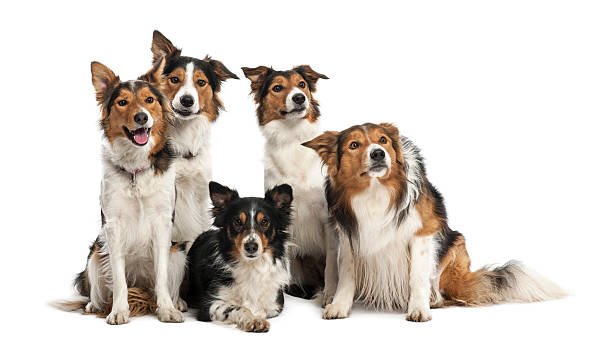






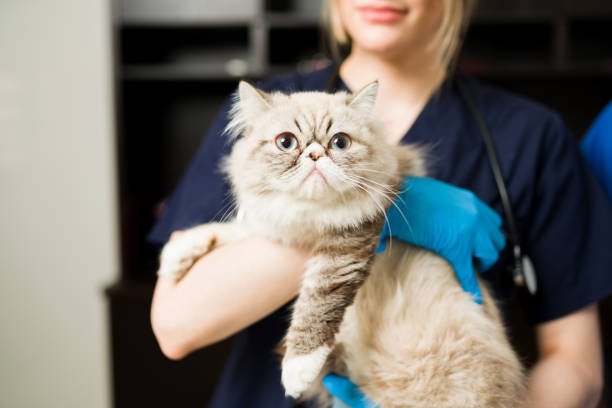
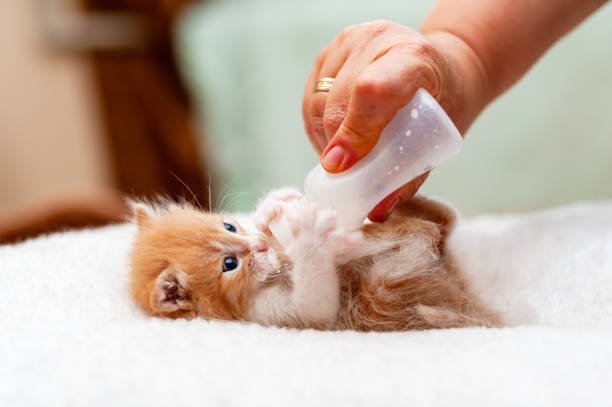
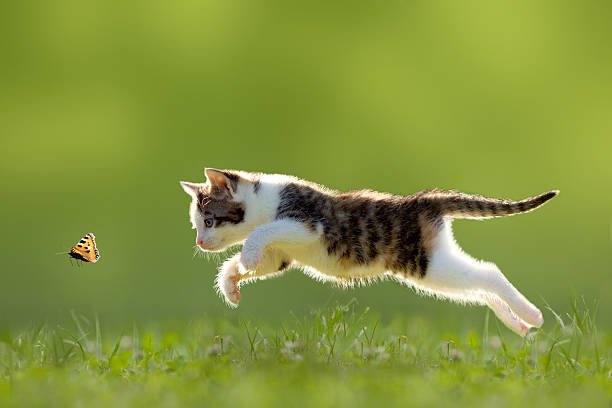

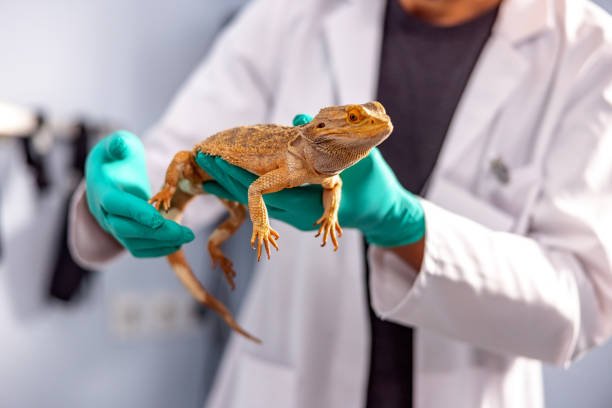
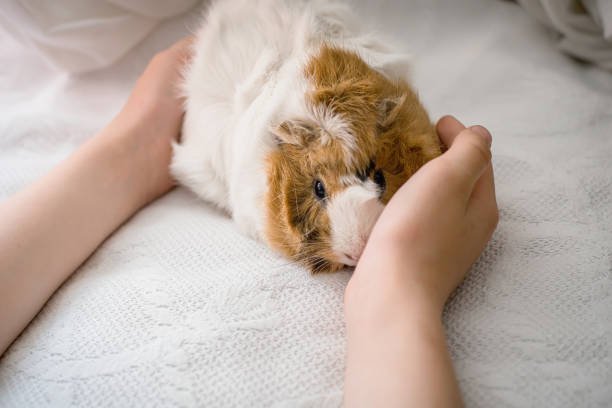
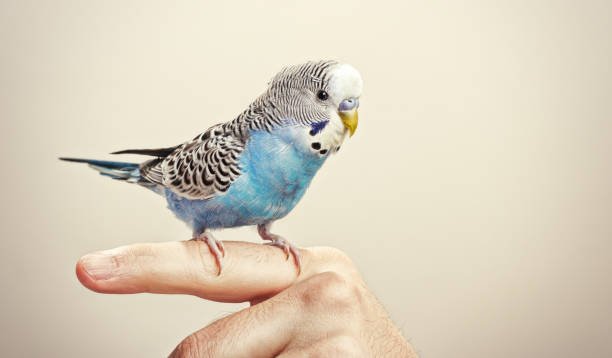







One reply on “Understanding Behavioral Genetics in Samoyed Husky Mixes”
[…] 2 March 2024 No Comments Read More » […]